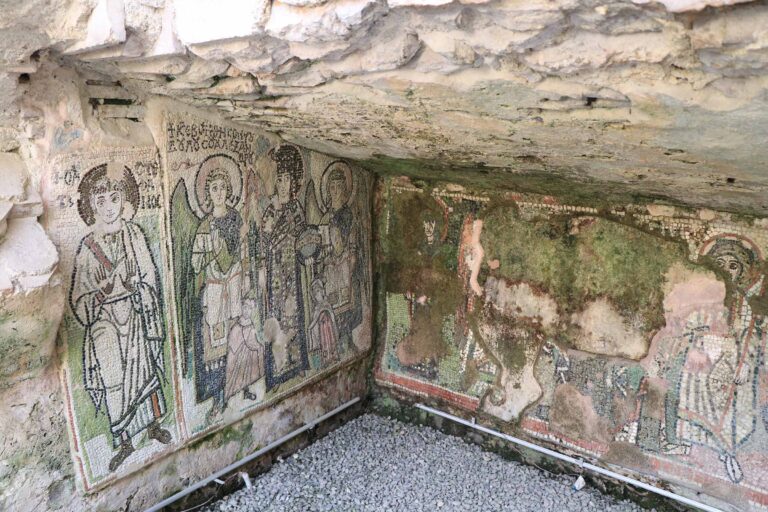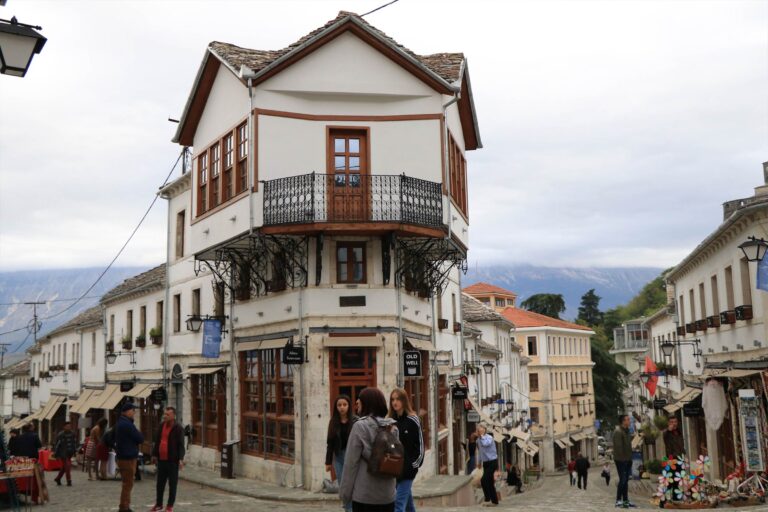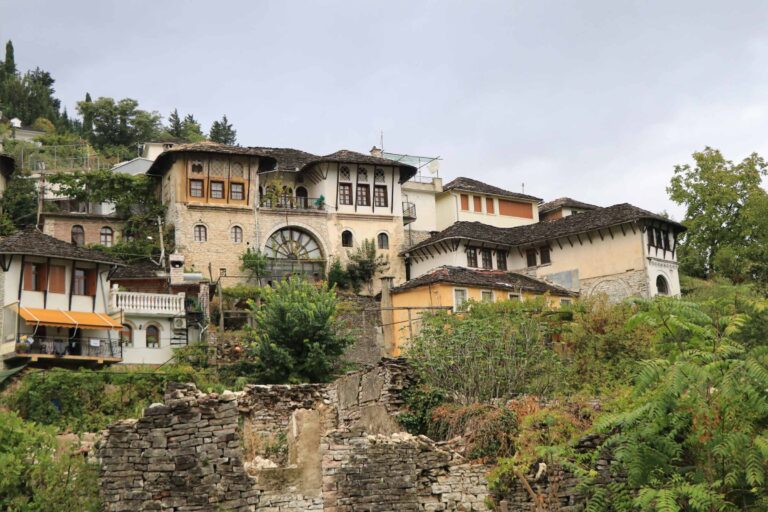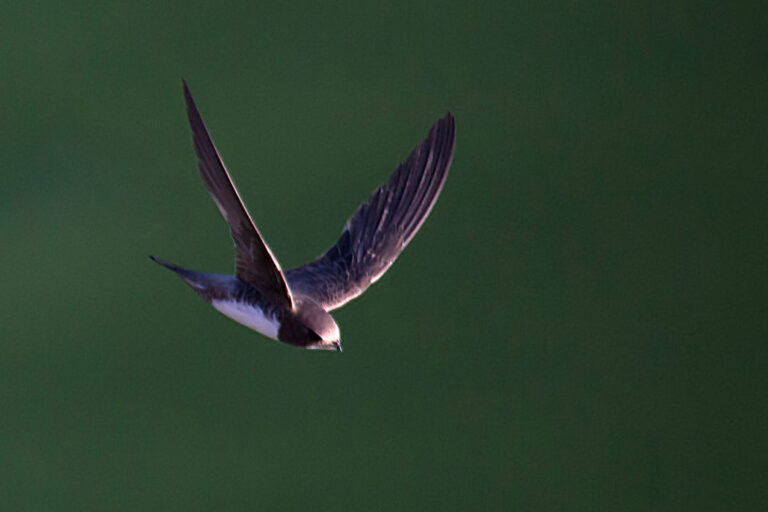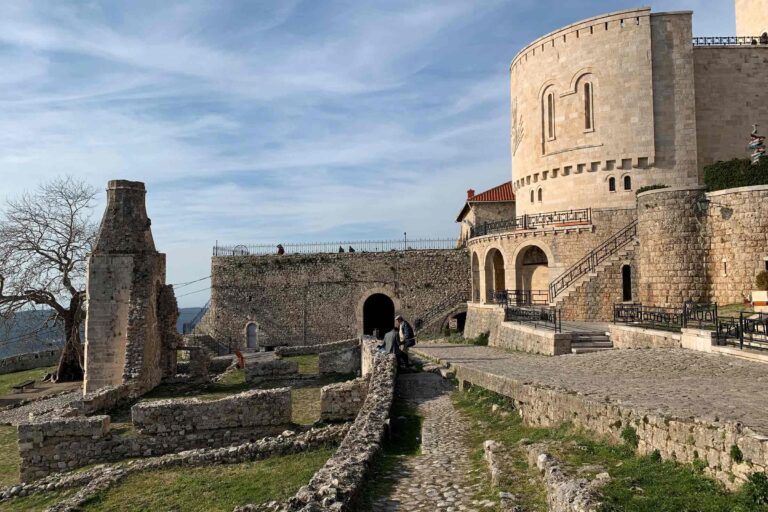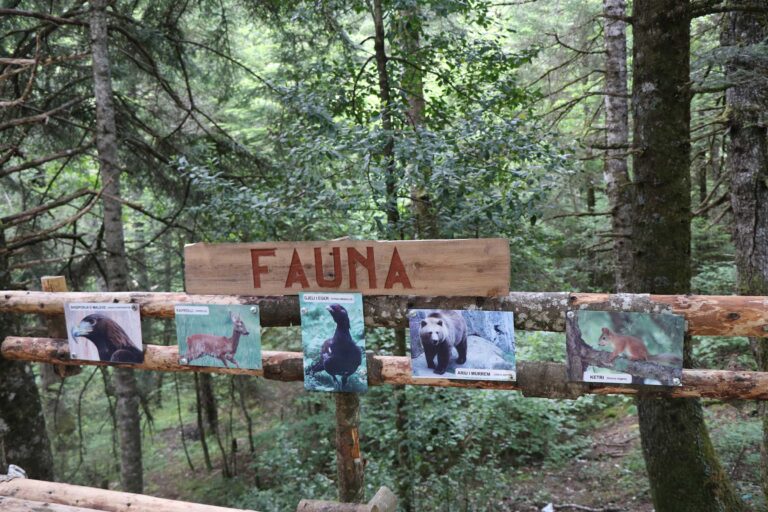Yesterday Epidamnos, then Dyrrachium and today Durrës, the portal city was founded around the 7th century BC by ancient Greek colonists in cooperation with the local Ilirian community. During the Roman and Byzantine empires, Dyrrachium acquired a prominent commercial position and was the start of the Via Egnatia which led merchants to Constantinople. The city's long history, location and interest have made Durres a preferred destination for those wishing to immerse themselves in over 3,000 years of evolution and progress.
Walk along the remains of the well-preserved and beautifully restored Byzantine castle walls. The castle was reinforced with several guard towers by the Republic of Venice. The Ottomans consolidated the structures of the walls.
Visit of the Amphitheater. Despite its size, one of the largest in the Balkans, the amphitheater was not discovered until 1966. It was able to accommodate almost 20,000 spectators invited to watch the deadly games of gladiator fights and other events . Walk through its tunnels and stand in the middle of the amphitheater to feel all the emotions that the place can evoke in your soul.
Visit and lunch in an agro farm. The "Tree of Life" farm (Pema e Jetës) has many fruit and olive trees, a vineyard and vegetables of all kinds are grown. Cattle, pigs, geese, ducks, hens, pigeons can also be found. All farm produce can be processed and transformed into daily fresh meals served directly at the restaurant.
Direction Gjirokastra. Birthplace of Ismail Kadaré, Albanian writer often considered for the Nobel Prize for Literature, Gjirokaster is on the UNESCO heritage list. Its winding and cobbled streets, its typical houses in the shape of clusters and with particular roofs have given it the nickname of "stone city". It is the exceptional testimony of a society and a way of life that have almost disappeared. Night tour of the Old Bazaar in downtown Gjirokaster, where visitors can immerse themselves in Albanian culture and discover a wide variety of local products.
Visit of the citadel of Gjirokaster and its museum which offers vestiges of the Second World War and various. Custodian of the symbols of Albanian tradition and culture, the citadel has hosted the festival of polyphonic groups since 1986. Their interpretation is classified as cultural heritage by UNESCO. Visit of its city center and free time in the bazaar.
Dinner in a traditional restaurant and overnight at the hotel.

